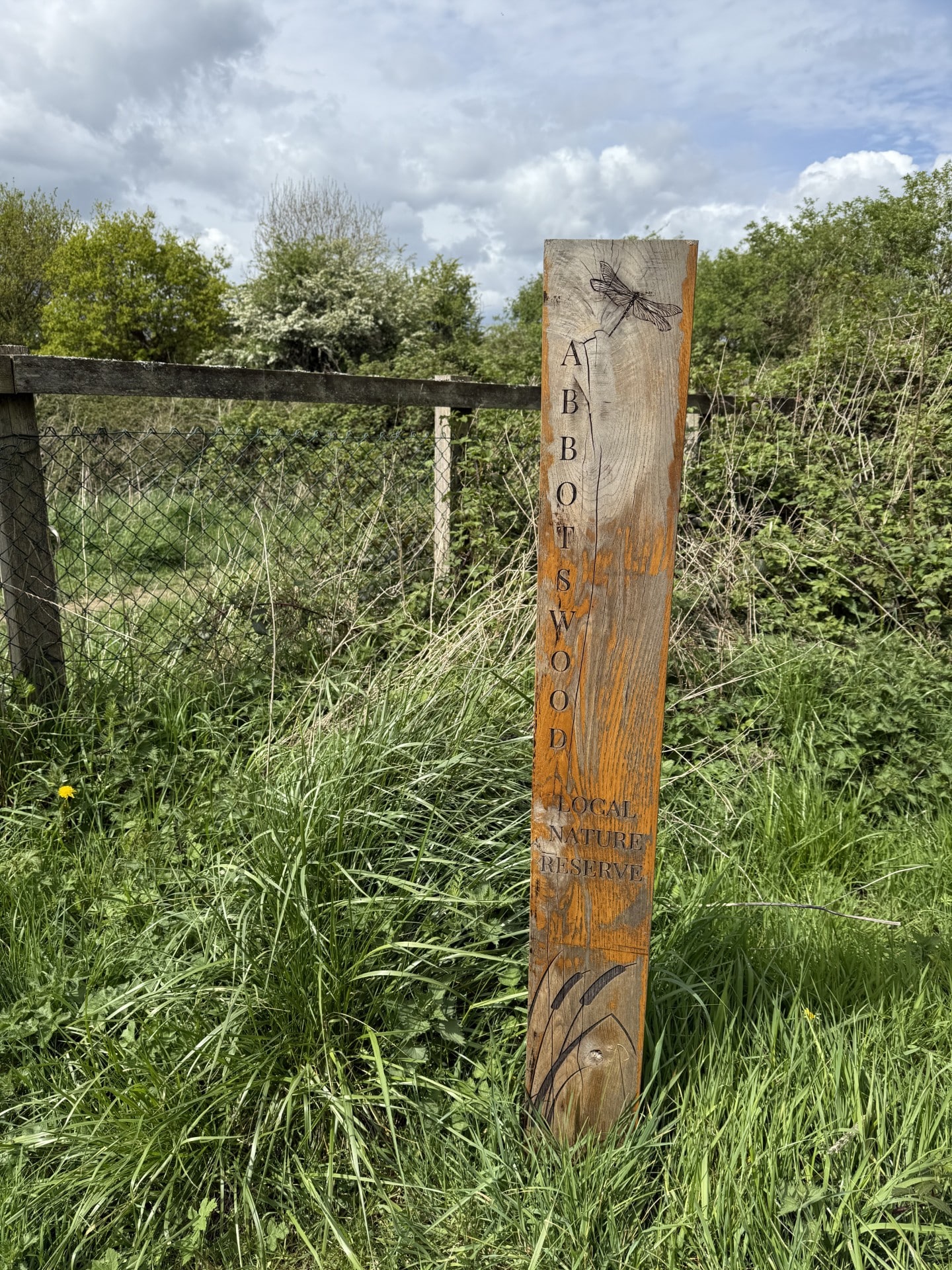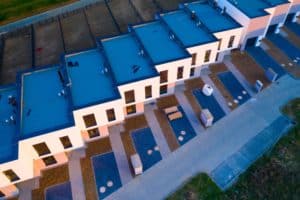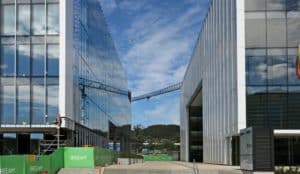In the world of sustainable construction, much of the spotlight lands on carbon reduction, insulation techniques, and airtightness. But an equally vital – yet often overlooked – pillar is biodiversity. And as our built environment continues to expand, the need to build with nature rather than over it has never been greater.
Sustainable construction isn’t just about hitting carbon targets. It’s about making space for nature, too. Biodiversity is a foundational piece of that puzzle.
Let’s explore how biodiversity can transform construction practices and how we at Buildpass can help you embed it into your next project.
Why biodiversity belongs on every building site.
Biodiversity refers to the variety of life in a particular habitat or ecosystem. Construction is a key driver of habitat loss and species decline, with land development often wiping out vital green spaces. But it doesn’t have to be this way.
The UK’s Biodiversity Net Gain (BNG) policy, which came into force in 2024, now mandates that most new developments must leave biodiversity in a measurably better state than before. That means you can’t just avoid harm; you must actively improve ecosystems.
To find out more about how UK regulation is changing construction, read our blog on BREEAM V7 and what you need to know.
Practical biodiversity tips for your project.
Some of the most exciting innovations in construction happen at the intersection of nature and design. Here are some powerful ways to enhance biodiversity in your builds:
🌿 Green roofs and living walls
Far from being just aesthetic upgrades, these features provide habitats for insects, birds, and pollinators while also offering insulation, stormwater absorption, and urban cooling.
🐝 Native plant landscaping
Design your outdoor spaces using locally native plant species. These are more likely to thrive in local soil and climate conditions, and they support the bees, butterflies and birds already in the area.
🦔 Wildlife corridors and nesting features
Simple changes like hedgehog highways, bat boxes, and bird bricks help integrate wildlife into even dense urban developments. They reconnect fragmented habitats and promote urban ecology.
🌱 Material selection
Choosing materials like reclaimed timber or natural insulation (check out our blog on grass insulation and its sustainable benefits) can reduce environmental impact while supporting biodiversity through non-extractive sourcing.
Why net gain matters.
The concept of Biodiversity Net Gain doesn’t just encourage goodwill toward nature; it requires it. BNG is measured using DEFRA’s biodiversity metric, a tool that calculates habitat value and compares it pre- and post-development. The result: a legally enforceable obligation to do better.
We help developers meet these targets without compromising design ambition. Our consultancy service covers everything from early-stage sustainability strategies to SAP and SBEM Calculations. Find out how we can support your goals here.
Looking ahead, biodiversity will not only shape how we design buildings, but how we think about them. Already, we’re seeing AI-driven tools assess biodiversity impact at planning stages, and green infrastructure becoming as standard as insulation or double glazing.
(Want to explore what’s next in sustainable design? Read our recent post on Energy efficiency trends in 2025)
As Andrew Sadler – our energy expert Director – puts it:
“Biodiversity is not an add-on; it’s a design principle. When we plan with nature in mind, we create buildings that are not just sustainable, but truly regenerative.”
Whether you’re starting from scratch or retrofitting with biodiversity in mind, Buildpass is here to help you get it right. Let’s create homes and buildings that nurture people and the planet.
Get in touch for a free sustainability consultation at hello@buildpass.co.uk or schedule a call.




















